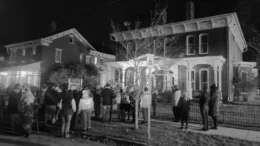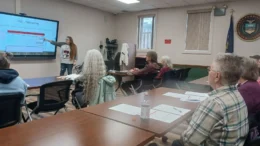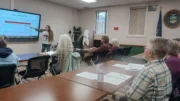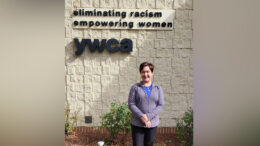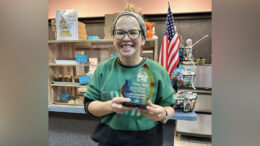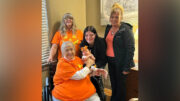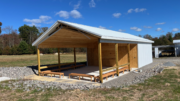As the coronavirus continues to ravage long-term care facilities across the country, only one of Pennsylvania’s four state centers has recorded cases of COVID-19.
Ebensburg State Center in Cambria County has less than five cases recorded among residents, according to data released this week by the state Department of Human Services.
Polk, White Haven and Selinsgrove state centers haven’t had any recorded cases, the data says.
“We’ve gone to extraordinary efforts to keep COVID-19 out,” said Walt Hoffman.
Hoffman, who has been an outspoken advocate for the residents of Polk Center in the fight to keep it and White Haven State Center open, said that keeping contagious illnesses out is not a new concept for employees of state centers.
“We fight influenza every year, we were already limiting the amount of people in Polk Center when (the coronavirus pandemic) hit,” he said.
He said that many of the coronavirus mitigation efforts are the same of similar to those in place during the influenza season.
“We’ve been able to fight this because we do it every year,” he said.
That being said, Hoffman said some things have changed, and it hasn’t been easy.
“There’s almost 900 employees from six counties working at Polk Center,” he said.
To combat the constant in and out of employees from all parts of the area, the center has implemented an aggressive approach to ensuring the virus stays off campus.
“I’ve had to chase people off the property, arrange meetings for people to get their ferns out of the green house. You can’t be on the property right now,” Hoffman said.
Those allowed on the property are only employees or the rare outside caregiver and each and every person that steps foot into one of the buildings goes through an aggressive screening process set up away from resident housing.
“We have a check-in station at every shift with six to eight trained people with thermometers and questions,” Hoffman said.
At the check-in station, Hoffman said each person must have their temperature taken via “temporal scan” and answer a series of questions. If a person answers yes to any of those questions, or has even the slightest signs of a fever, they are turned away.
For residents, Hoffman said the center has created a “step-down unit” or a specialized quarantined area.
“If any of the residents have to leave for any reason, they go into that step-down unit for 14 days before they’re reintroduced into the population,” he said.
Hoffman said another reason the virus has been able to be kept at bay in the centers is largely due to its dedicated on-site medical staff. Many of the center’s employees that work directly with residents are also licensed nurses who are backed by doctors that see no other patients than the ones living in Polk Center.
This helps not only to keep a careful eye on the residents and any symptoms they may present, but also keeps residents from leaving campus in nonemergency situations, Hoffman said.
Meanwhile, privately run ICFs and community group homes in the state are facing many of the same battles long-term care facilities and nursing homes are.
As of July 1, community-based residential homes licensed by DHS’ Office of Developmental Programs reported a total 1,059 positive cases among residents and another 491 suspected.
ODP reported a total 120 residents have died from the virus.
Confirmed cases among staff members stand at 1,162 with another 131 cases suspected.
These numbers, however, could be much higher as the data collected is self-reported by ODP providers and Supports Coordinators. DHS said it does not check the data against data collected by the state Department of Health, which produces daily coronavirus updates statewide.
Data collected on state centers, however, is included in reporting by the Department of Health and therefore verified according to DHS.


